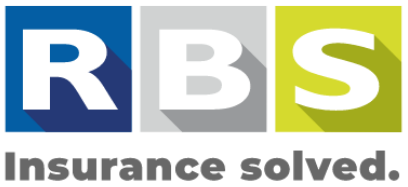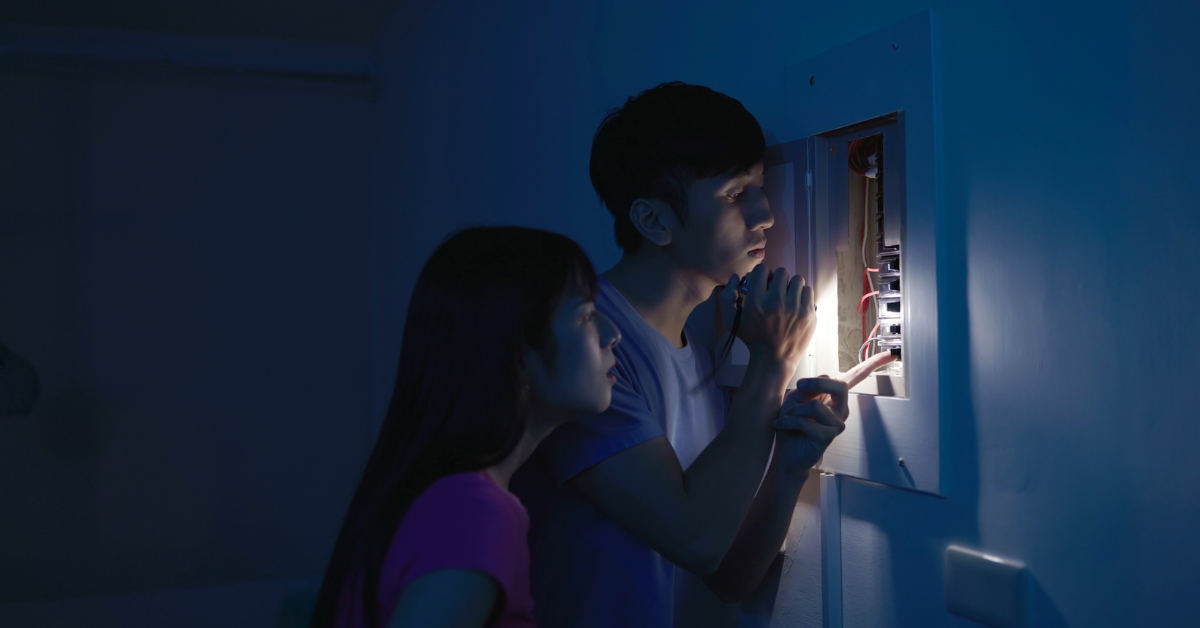Load shedding is a reality that many individuals and businesses have to deal with, and unfortunately, it can come with a host of risks. In this article, we’ll cover some simple and effective precautions you can take to minimise the risks associated with load shedding, both at a household level and for businesses.
Tips on how to protect your household
- Unplug appliances during load shedding: When the power goes off, it’s important to unplug all appliances of value and only plug them back in a few seconds after power is restored. Surge currents can sometimes “jump” across the gap in the appliance’s internal switch, so simply switching the appliance off is not enough.
- Ensure all heat-generating appliances are switched off: Appliances such as stoves, irons, and heaters may not be damaged by surges, but they can cause fires when left on during load shedding. It’s easy to forget about them when power is restored, so it’s critical to ensure that all such appliances are switched off once the power goes down.
- Use surge protective devices (SPDs): For sensitive appliances and equipment, it’s worth considering the use of appropriate surge protection devices. Surge protective devices require regular inspection, as they could present ignition hazards as they approach the end of their useful life after several operations.
- To prepare for the possibility of cellphone towers going down during loadshedding, it’s important to have a device on hand that can connect to the internet for emergency calls. This will ensure that you can stay connected even when traditional phone lines are unavailable due to power outages.
Tips on how to protect your business
- Treat all circuits as live: For the safety of your team, it’s critical to assume that all electrical circuits are live. If work needs to be undertaken on electrical circuits or equipment during load shedding, apply the exact isolation requirements as would apply if power was on.
- Consider UPSs for all critical process controllers: For those critical devices that cannot be isolated every time there is load shedding, consider connecting them via UPS (Uninterruptible Power Supply). While UPSs are not an appropriate substitute for SPDs, they help equalize the power supply to sensitive electronic devices and enable controlled systems to shut down. In some cases, they can provide continuous power to the equipment throughout load shedding.
- Periodic inspection, testing, and maintenance of electrical infrastructure: Electrical infrastructure, like everything else, needs to be inspected, tested, and maintained. When the integrity of electrical components is already compromised, the chances of catastrophic failure due to surges are higher. Inspection and testing regimes vary from simple visual inspections and tightening connections to more advanced techniques such as infrared thermography. The regime is often informed by the complexity of the infrastructure and values to be protected, bearing in mind that fires may result from compromised infrastructure.
In conclusion, it may not be possible to eliminate all the risks related to load shedding, but taking these recommended precautions can help minimise loss and keep everyone safe. By following these simple and effective steps, you can protect yourself, your loved ones, and your business from the potential hazards of load shedding.
To get an updated risk assessment, get in touch with one of our Private Brokers.

